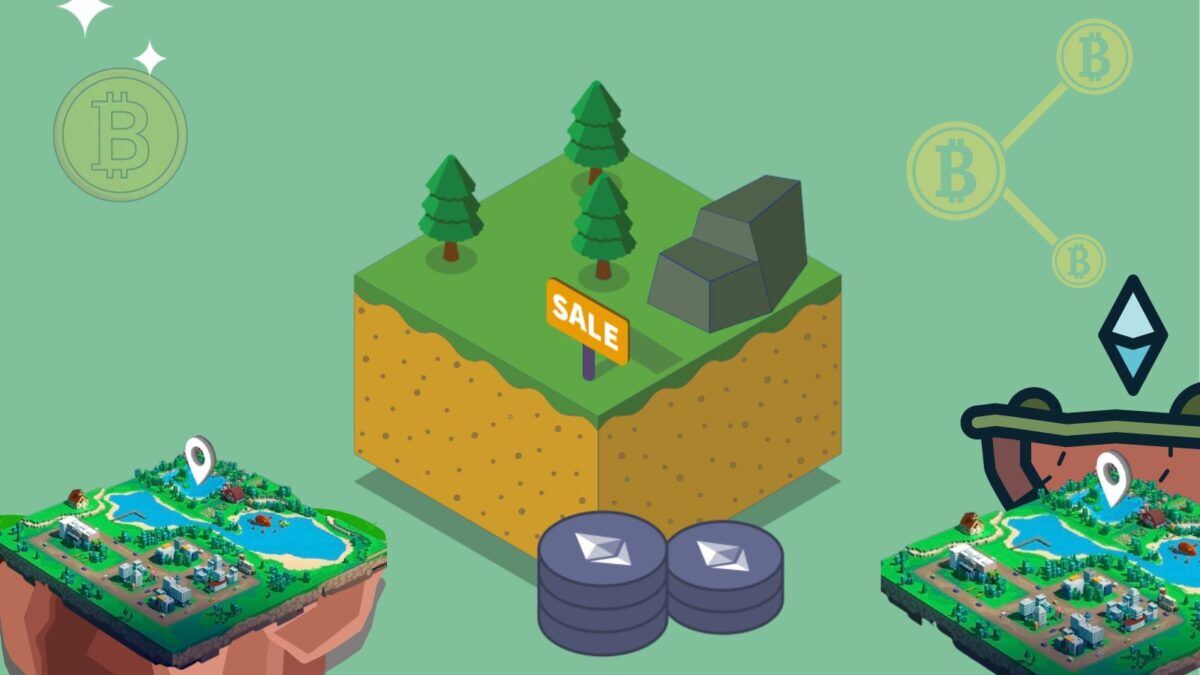We’ve seen use cases for NFTs in the fashion, service, entertainment, and even travel industries.
However, what about food NFTs?
That’s right: NFTs are going Mainstream in the food industry as well, and there’s no one to stop them from doing so.
Let’s analyze how NFTs can be used for restaurants, food deliveries, and food loyalty programs by restaurateurs and companies:
What is an NFT?
An NFT is a non-fungible token in the tamper-free ledger known as Blockchain and cannot be replicated. Usually, an artist mints a digital asset such as an image, illustration, or song as an NFT on the Blockchain.
The world of top selling NFTs has expanded in many areas besides art, but now, food NFTs are becoming a thing.
The idea of NFTs being used in food can be a bit confusing. How do they even work?
What is a food NFT?
Food NFTs depict food images or can include secret recipes by famous internet foodies. They can manifest as memberships to exclusive food groups, where the NFT itself is the entry pass to a physical restaurant location.
One of the primary reasons why food NFTs have risen in popularity is because NFTs are now seen more as a method for brands to market and raise awareness within the digital confines of Web3.
NFTs can be gateways to dining experiences, art, and recipes in the food industry. For example, Taco Bell released NFT illustrations of their menu offerings, with their earnings going to charity.
Food art NFTs are another way for food NFTs to reach the forefront of Web3, as fast-food giants such as Burger King, Pizza Hut, and Taco Bell have launched NFT collections as part of their marketing campaigns.
The auctioning of recipe food NFTs is another possibility explored by Stella Artois in 2021, where they released an NFT of celebrity chef Marcus Samuelsson’s Fried Yardbird recipe. In fact, an NFT marketplace where celebrity chefs, foodies, and amateurs can mint recipe NFTs have been launched.
Recipe NiFTy allows anyone to create and sell recipe NFTs on its platform, and as with other NFT marketplaces, they allow creators to collect royalties from the resales of their recipes.
Businesses investing in the Metaverse are expecting it to pick up in the future once it’s more open to the general public. That’ll help advertise their restaurants more.
McDonald’s and Panera Bread are two examples of restaurants that are taking steps to ensure that their exposure in the real world is also present in the Metaverse or the foodverse in this case.
Alternatively, these membership food NFTs can work as access to food-related subscription services. One such example is Flyfish Club.
What is Flyfish Club?
Flyfish Club is the world’s first member’s only private dining club. The project was developed by Gary Vaynerchuk and Chef Josh Capon of Lure Fishbar.
Membership for Flyfish Club is purchased as an NFT. Memberships are tradable on the secondary market, and once a person buys the token from Flyfish Club, future transactions happen on the Opensea.io secondary market.
The reservations aren’t made on-chain, so there are no transaction fees needed to make the reservation. Instead, members create an account and sign in to Flyfish Club’s website to make reservations. They feature two tokens: Flyfish and Flyfish Omakase. If one is a token holder, their membership will be valid.
The website states that only holders of the Flyfish Club membership can make reservations within the club, and other people can’t make reservations on their behalf even if they are family members.
This is interesting to note as it seems to be a way to motivate token holders to exchange their tokens with other people who’d want access to Flyfish Club, which of course provides Flyfish Club with secondary sales and royalties each time these tokens exchange hands.
As with many NFT projects, members of Flyfish Club will have to keep access to the wallet where their membership is stored to verify ownership. This is no different than the verification process for Bored Ape Yacht Club Members.
What is the foodverse?
In many of our previous articles, we’ve defined the Metaverse as the virtual world that combines augmented reality with another digital world.
The foodverse is a metaverse that combines food, top selling NFTs, and gaming on the Blockchain. Recipes and ingredients are available as NFTs, which can be used for in-game items and traded similar to other Metaverse games.
Similar to the Metaverse, the foodverse can be accessed through VR headsets. The Metaverse has many entry bars for the general public, which is partly why the foodverse hasn’t taken off with the same power as general NFTs.
The gaming world is the main driver for the foodverse and food NFTs. That’s because game developers are releasing games that feature food NFTs as a channel for product placement for goods and services.
Food NFTs as product placement
Product placement in Web3 is the practice in which manufacturers or providers of a service or product pay for their product to be visible in a Metaverse, an NFT game, or an NFT collection.
One of these cases was seen in the Fast Food Punks NFT collection, which featured all sorts of humanoid and animal avatars wearing fast-food worker hats. The collection was a parody of CryptoPunks.
Besides membership and loyalty programs, NFTs as product placement seems to be the best use case for NFTs in the food industry.
Final words about NFTs in the food industry
If there can be NFTs for fashion, entertainment, hotels, travel, and music, why not NFTs for food?
True, you can’t eat an NFT Big Mac the same way you could eat the real deal, but that’s not the point of food NFTs. Either option you take, McDonald’s gains a medium for advertising Big Macs.
NFTs as a restaurant membership open up many exciting possibilities: secret menus, as do the newly launched recipe food NFT marketplaces.
Learn more about how NFTs work by checking out our other guides here.




